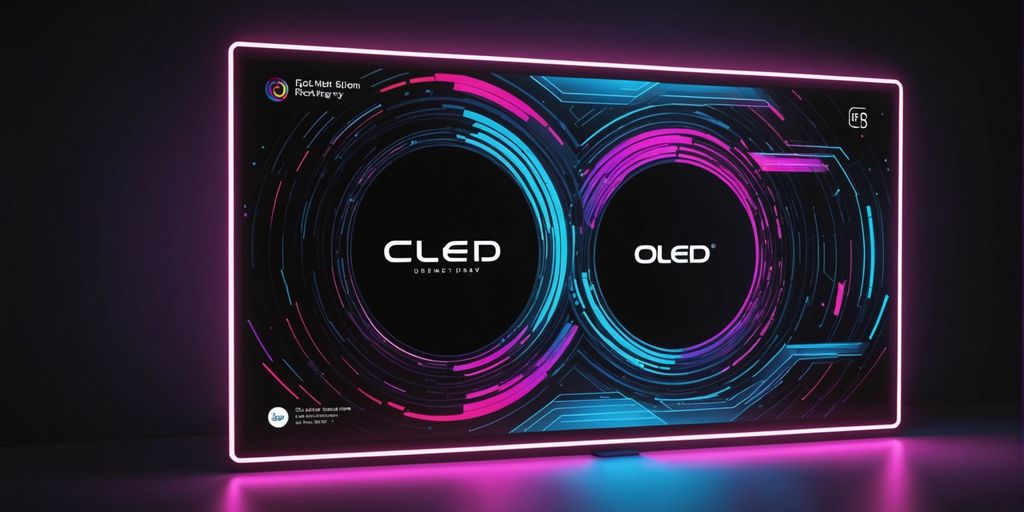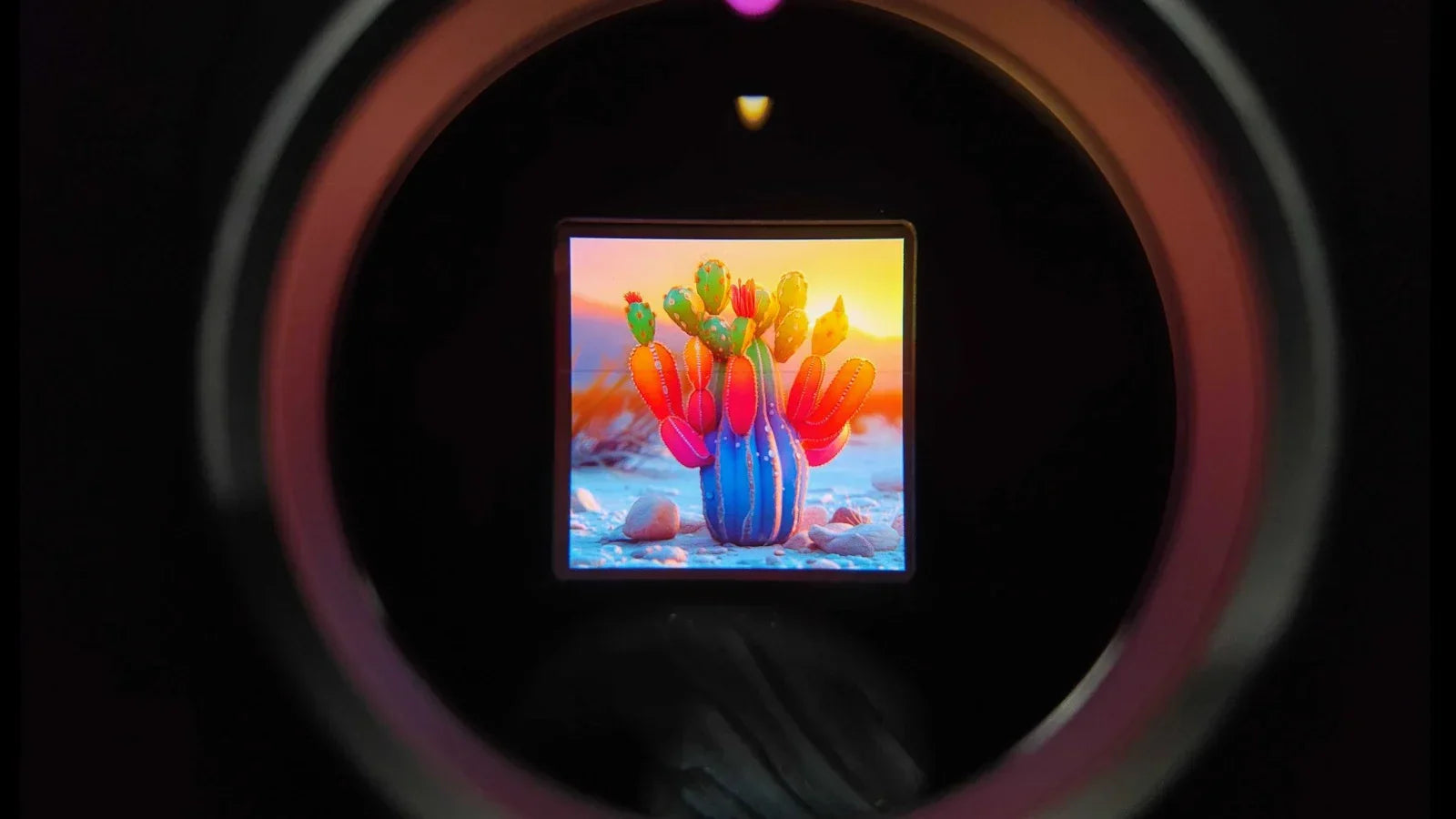
When selecting an OLED display for VR, prioritize a ≥120Hz refresh rate to minimize motion sickness, sub-1ms response time to eliminate ghosting, and single-eye 2560x2560 resolution (total ~4K) for...
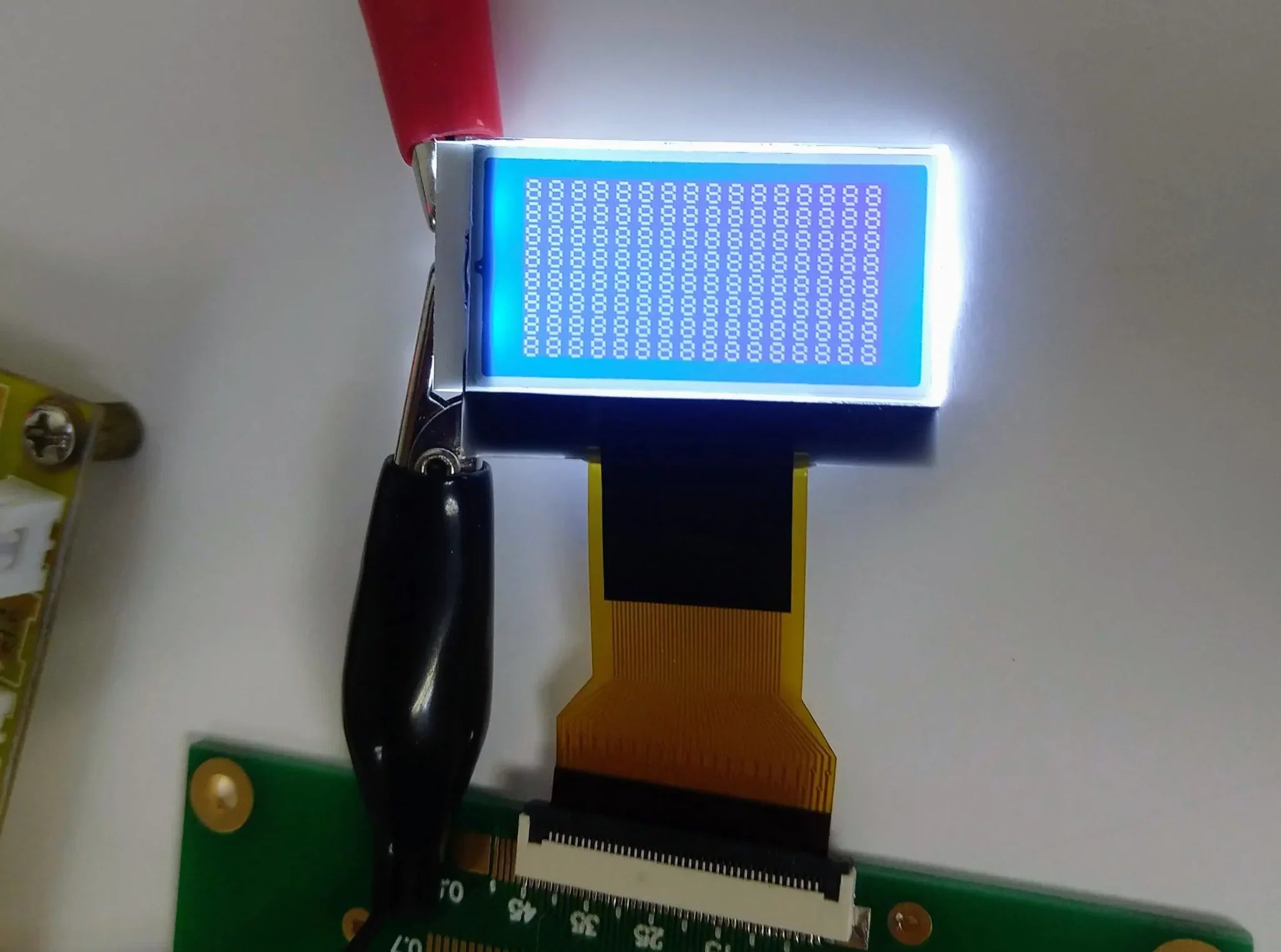
A COG (Chip on Glass) LCD display integrates driver ICs directly onto the glass substrate of the panel, minimizing external wiring; common in compact devices like watches or calculators, it typical...
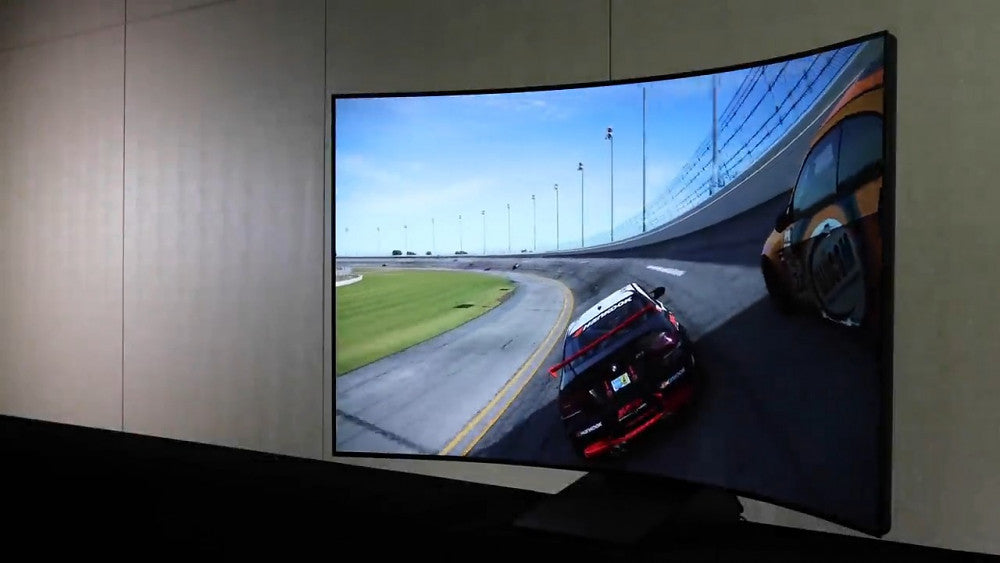
A shaped OLED screen is an OLED display that deviates from traditional rectangular forms, featuring curved, tapered, or custom geometries (e.g., with a bending radius as small as 3mm) to fit unique...

Choosing Micro OLED for VR headsets offers 4K-per-eye resolution (sharper than standard LCDs’ ~2K), a 1,000,000:1 contrast ratio (vibrant blacks/whites), and sub-microsecond response times (minimiz...
Compared to LCDs that use constant backlighting (typically 60-120 mW for a 6-inch display), OLEDs power each pixel individually, drawing near-zero energy for black pixels; in dark-themed use, OLEDs...

Micro OLED excels with 4K+ resolution in compact sizes (e.g., 0.4 inches), delivering 5000 PPI for razor-sharp visuals—far clearer than traditional displays—while its 10ms response time reduces blu...
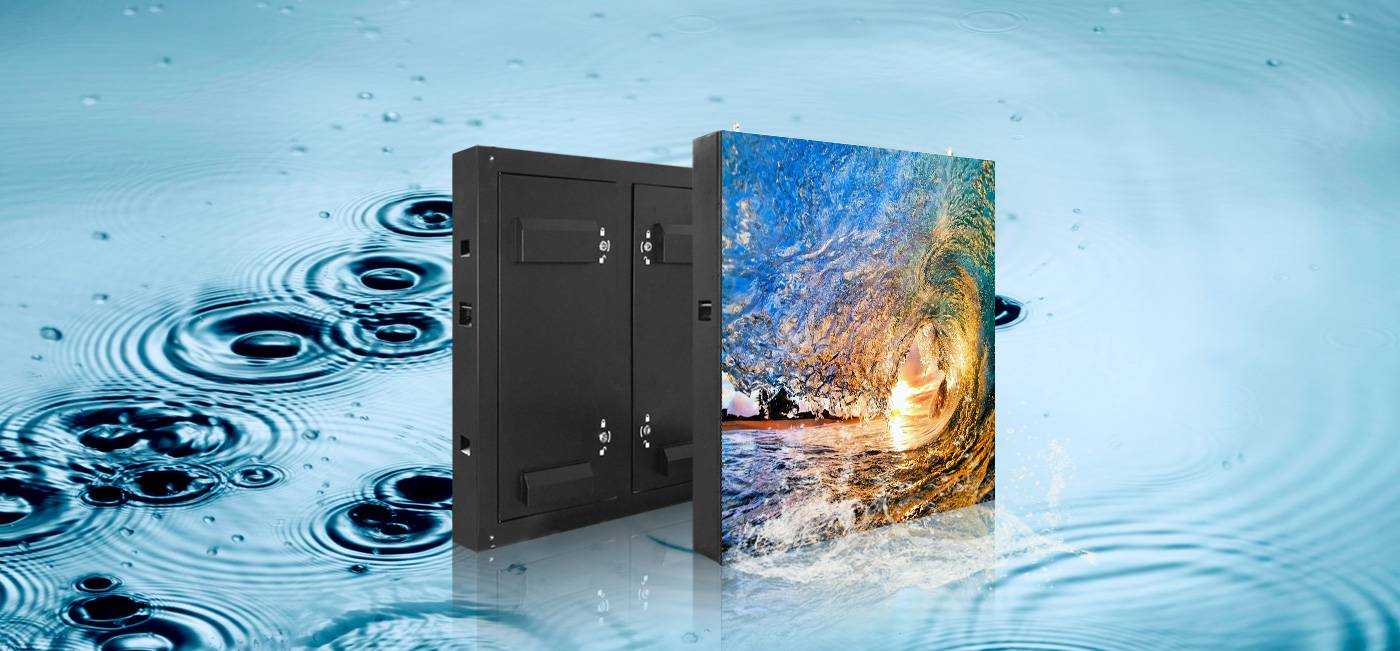
The primary difference lies in their applications and manufacturing processes: SMD (Surface-Mount Device) refers to tiny electronic components (e.g., 0402 resistors, 0.4mm×0.2mm) soldered directly ...

A COG LCD (Chip-On-Glass Liquid Crystal Display) mounts driver chips directly onto the glass panel, minimizing bulk; typical sizes range from 0.96-2.8 inches with resolutions like 128x64 or 240x320...
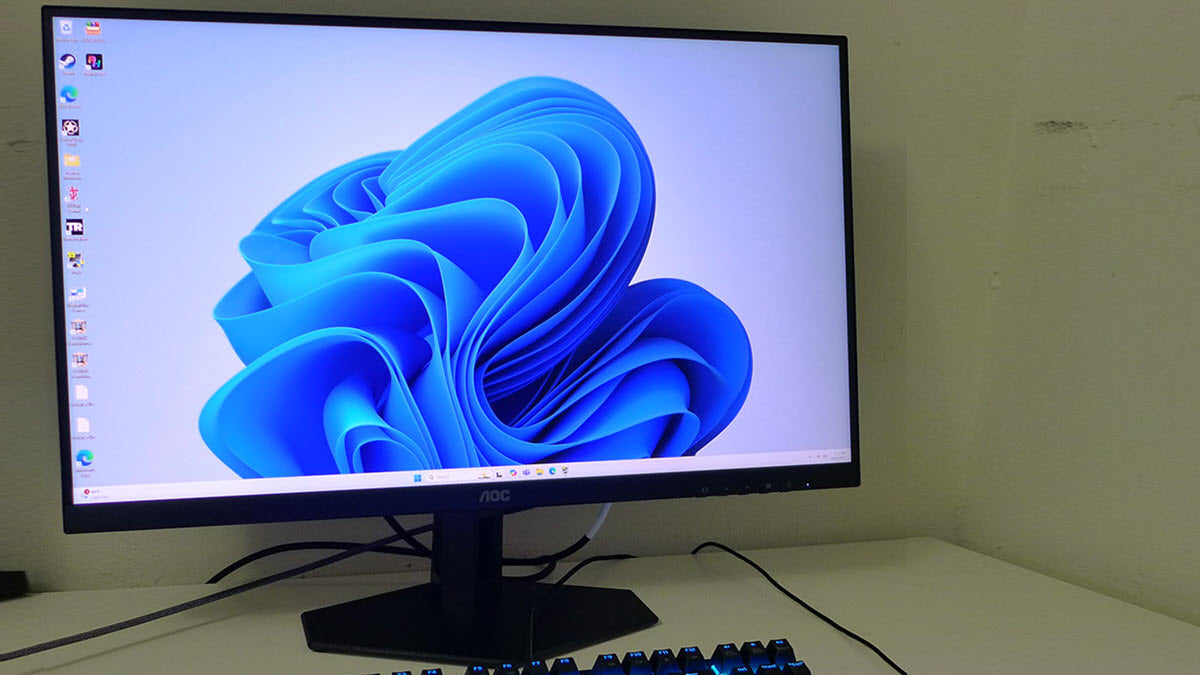
TFT screens generally offer solid everyday durability, with most models withstanding around 1,000 hours of continuous use without noticeable fading and resisting minor shocks from 1-meter drops ont...


